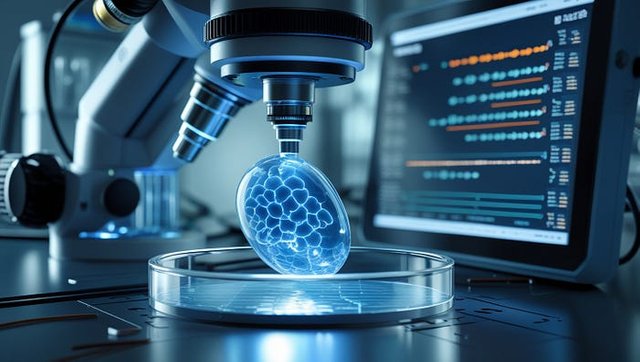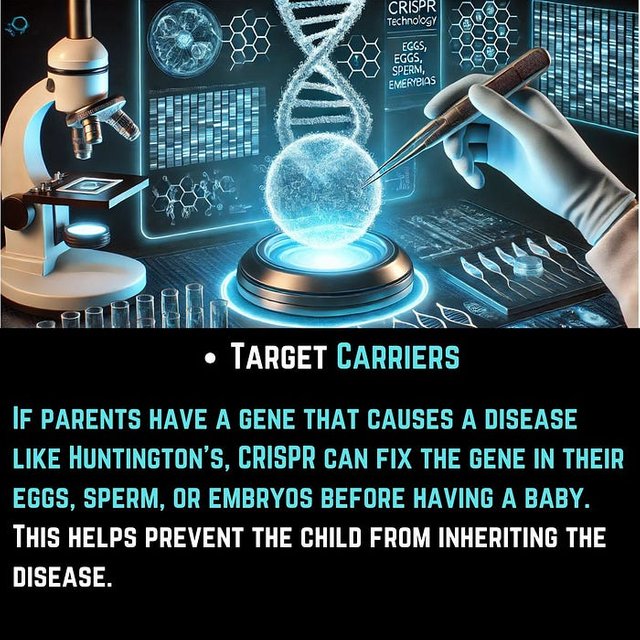How Could CRISPR Stop Genetic Diseases?
CRISPR is a formidable gene-editing technique with the potential to eradicate hereditary illnesses by correcting defective genes. Scientists can use it in a variety of ways, including preventing disorders before birth and treating affected individuals. There are three basic techniques to employ CRISPR to prevent genetic disorders: embryo repair, carrier targeting, and somatic cell editing.

The first strategy involves repairing embryos via germline editing. Embryos are generated outside the body and implanted in the mother’s womb using In Vitro Fertilization (IVF). CRISPR can be used to edit these embryos and repair any detrimental genetic mutations before they develop into babies. Because these genetic modifications occur early in life, they will be present in all cells of the child’s body. This means that the repaired genes will be transmitted down to subsequent generations, preventing the disease from impacting any of their offspring.

Germline editing could provide a permanent remedy to inherited disorders such as cystic fibrosis, sickle cell anemia, and muscular dystrophy. However, because these modifications are permanent and will affect future generations, there are ethical questions regarding their long-term effects.
The second technique is to target carriers of hereditary disorders. Some parents contain a defective gene, which could be handed down to their offspring. Huntington’s disease, Tay-Sachs disease, and hemophilia are all examples of disorders that can be inherited from one’s parents. CRISPR can be used to fix faulty genes in eggs, sperm, or embryos, preventing the infant from inheriting the problem.

This method is particularly beneficial for couples who are at high risk of passing on genetic diseases. CRISPR can help ensure that children are born free of inherited disorders by correcting mutations prior to conception.
The third option is somatic cell editing, which treats people who already have a genetic illness. Instead of altering embryos or reproductive cells, CRISPR is utilized to fix genetic abnormalities in individual bodily cells. People suffering from sickle cell disease or certain types of inherited blindness, for example, can be treated using CRISPR-based therapies that correct faulty genes in their blood or eyes. This can assist to alleviate symptoms or even cure certain illnesses.

However, since somatic cell editing does not alter the genes in sperm or eggs, the condition can still be passed down to future generations. This means that if the faulty gene is passed down to the next generation, they will also require treatment.
CRISPR provides new hope for genetic illnesses that were previously believed incurable. While technology has the potential to cure genetic diseases, experts are currently investigating its safety and ethical implications. In the future, CRISPR may become a regular medical treatment, allowing individuals to live healthier lives free of hereditary illnesses.